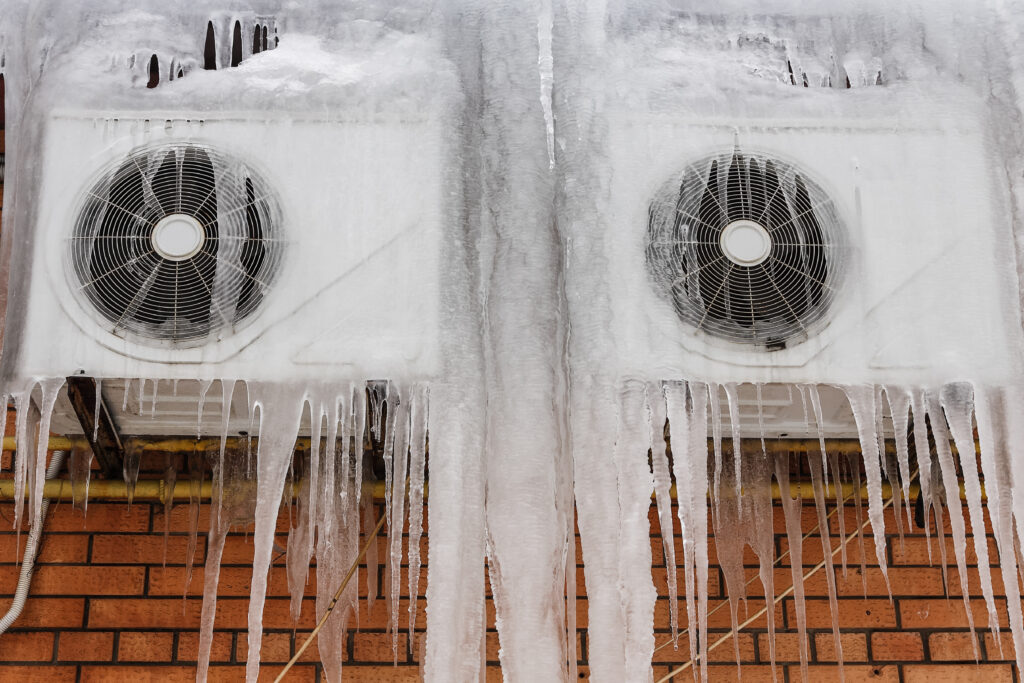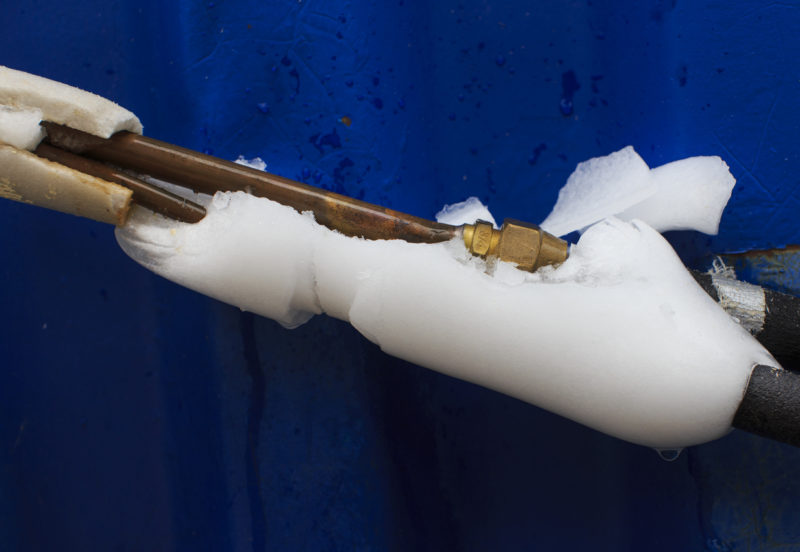Dealing with a Frozen AC Pipe: Specialist Tips
Dealing with a Frozen AC Pipe: Specialist Tips
Blog Article
Do you find yourself trying to find related information around Have a Frozen AC Line? Here’s How to Fix It?

Intro
Finding that your air conditioner pipeline is frozen can be worrying, specifically during warm summertime when you count on your ac unit the most. Recognizing what to do in such a circumstance is critical to stop further damage to your air conditioning system and ensure your comfort inside.
Understanding the Causes
Several aspects can add to the freezing of an a/c pipeline. Understanding these causes can help you deal with the problem successfully.
Absence of Airflow
One usual source of an icy AC pipeline is inadequate air movement. When the air movement over the evaporator coil is limited, it can trigger the coil to drop below freezing temperature level, bring about ice development on the pipe.
Low Refrigerant Levels
Insufficient cooling agent degrees in your a/c system can also result in a frozen pipe. Low refrigerant levels can trigger the pressure in the system to drop, resulting in the freezing of wetness on the evaporator coil.
Winter Conditions
In chillier environments, freezing temperatures outside can contribute to the freezing of AC pipelines. If your air conditioner device is not appropriately protected or if there are leakages in the ductwork, chilly air can penetrate the system, causing the pipe to freeze.
Dirty Air Filters
Unclean or blocked air filters can limit air movement in your AC system, leading to various problems, consisting of a frozen pipe. It's vital to replace or clean your air filters frequently to make sure correct air movement and prevent ice buildup.
Signs of a Frozen AC Pipe
Recognizing the signs of an icy AC pipe is crucial for punctual activity.
Minimized Airflow
If you discover a significant decrease in air movement from your vents, it can suggest a frozen pipeline.
Ice Buildup on the Pipe
Noticeable ice buildup on the cooling agent line or the evaporator coil is a clear indicator of an icy a/c pipe.
Odd Sounds from the Unit
Unusual audios, such as hissing or bubbling, originating from your air conditioning device can signify that there's ice existing on the pipeline.
Immediate Actions to Take
When confronted with a frozen AC pipeline, it's vital to act promptly to stop more damage to your cooling system.
Turning off the AC
The initial step is to turn off your a/c unit to prevent the system from running and exacerbating the concern.
Checking for Blockages
Inspect the location around the indoor device for any type of obstructions that may be obstructing air flow, such as furniture or drapes.
Defrosting the Pipe
You can make use of mild methods like placing towels soaked in warm water around the frozen pipeline to help thaw it slowly.
Safety nets
Taking preventive measures can assist stay clear of future occurrences of an icy a/c pipe.
Regular Maintenance Checks
Set up routine maintenance contact an expert HVAC technician to make certain that your air conditioning system is running efficiently.
Altering Air Filters
Frequently change or clean your air filters to avoid air flow constraints and maintain ideal efficiency.
Insulating Exposed Pipes
If your a/c pipelines are revealed to cold temperature levels, consider protecting them to avoid cold throughout winter months.
Seeking Professional Help
If DIY methods stop working to solve the concern or if you're unclear concerning just how to continue, it's ideal to seek help from a qualified HVAC specialist.
When DIY Methods Fail
If your attempts to thaw the pipe or address various other problems are unsuccessful, it's time to call an expert.
Significance of Hiring a Professional HVAC Technician
A qualified HVAC service technician has the knowledge and devices required to diagnose and fix issues with your a/c system safely and efficiently.
Verdict
Handling an icy AC pipeline can be an aggravating experience, however understanding how to respond can help lessen damages and bring back comfort to your home. By comprehending the causes, recognizing the indicators, and taking timely action, you can efficiently resolve the concern and stop future occurrences.
Frozen AC Line: Why It Happens & What To Do About It
A frozen AC line can be a rather peculiar sight in a place like Phoenix, Arizona where nothing ever freezes. In this post, we’ll discuss what makes an air conditioner line frozen – and what you can do about it.
Dirty Air Filters
Did you know that you should be cleaning or replacing your air filters on a monthly basis? Failing to do this can result in airflow issues that, in turn, cause your evaporator coils and lines to freeze over. You’ll notice a buildup of ice on both components, although the buildup on your pipes will, of course, be more evident unless you open your air condition up to reveal the coils.
What To Do About It
Give your air filter a good cleaning if it’s reusable. If not, replace the filter outright. Next, switch your air conditioner’s fan setting on and leave it there for 2-3 hours. This will draw warm air in, helping to thaw your evaporator coil. You can also check out this article for some tips on cleaning the coils themselves if you’d like to speed the process up. Before you switch the unit back to its normal state, make sure the supply vents are completely unobstructed and free of dust or other debris.
If you keep having this issue even after replacing your filters regularly, contact a local HVAC repair company and have them inspect your evaporator coil, ductwork, and any other components that may be at fault. If you live in the Phoenix, Arizona area, give American Home Water and Air a call.
Low Refrigerant Levels/Leakage
What To Do About It
Contrary to what air conditioner “recharge” companies often tell their clients about refrigerant, it should never need to be simply refilled. You see, refrigerant runs in what experts refer to as a “closed loop.” Refrigerant really shouldn’t be leaving that loop. If it is, you’ve got a leak.
Paying someone to come and pump more refrigerant into your system (aka “recharge” it) isn’t the solution. Doing that will simply kick the can down the road. Besides, refrigerant leaks can be harmful to the environment and people in your home.
Rather, you need to take care of the leak with the help of a technician. Check out this article for some more information about dealing with air conditioners that are leaking refrigerant. Before you contact a technician, switch your thermostat to the off position. Then, switch the fan setting on and let it run for 2-3 hours so the unit can thaw.
Improper Temperature Setting
Improper temperature settings can also cause a drop in your air conditioner’s pressure. What many people don’t realize is that air conditioners are actually designed to run when temperatures have fallen above roughly 60 degrees Fahrenheit. If you run the unit when it’s cold outside, you’ll run into many issues, including frozen components.

We had been introduced to that report on Have a Frozen AC Line? Here’s How to Fix It through an acquaintance on our other web blog. Do you know anybody else who is serious about the niche? Take a moment to share it. Many thanks for your time. Come back soon.
Book Today Report this page